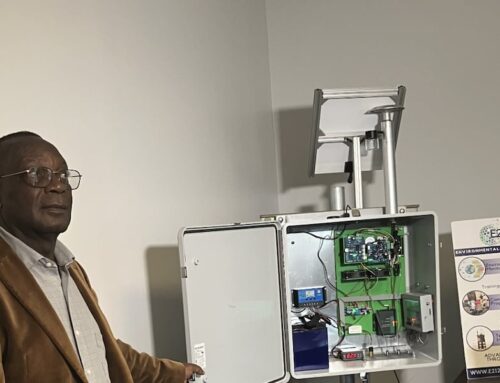Pushback: The dirty details about clean energy siting in Massachusetts
October 1, 2024

Solar facilities and battery storage have been protected in Massachusetts from local zoning by-laws since 1985. “In codifying solar energy as a protected use,” Massachusetts Attorney General Andrea Campbell has written, “the Legislature determined that ‘neighborhood hostility’ or contrary local ‘preferences’ should not dictate whether solar energy systems and related structures are constructed in sufficient quantity to meet the public need.” The fundamental purpose of statutory protection “is to ‘facilitate the provision of public requirements that may be locally disfavored.”
The state has been promoting energy siting and permitting legislation that is “locally disfavored” by many municipal planning boards, regional planning entities, and the Massachusetts Municipal Association. On Sept. 11, Gov. Maura Healey inserted into a supplemental budget request nearly 23,000 words on energy policy. “While a final bill has not yet reached my desk,” the governor wrote to lawmakers, “I respectfully ask that you consider advancing these items in the coming weeks so that we can capitalize on the potential to grow our clean energy sector and advance our climate goals.”
Here are some reasons why H. 5049 is locally disfavored:
■“Small” solar or wind facilities of less than 25 megawatts, and battery storage facilities of less than 100 megawatt hours, will be reviewed by cities and towns. But the state controls “uniform sets of public health, safety, environmental and other standards” that local governments must follow to issue permits for small facilities. Local energy zoning has been fatally zapped.
■Large solar projects of 25 megawatts or more, and battery storage of 100 megawatt hours or omore, will be reviewed by an eight-member state Energy Facility Siting Board, with four members appointed by the governor.
■If a city or town has a large project located within its borders, it’s granted “intervenor status,” and can “submit statements” about permit conditions. But the siting board reviews the big projects and makes the final decision.
■If a local government “lacks the resources, capacity or staffing” to review a small application, it has 60 days to request that the state take over the review.
■Developers must try “to avoid or minimize environmental impacts,” and mitigate negative impacts on the environment.” But mitigation means: “only to the extent practicable.”
■A new division of clean energy siting will promulgate regulations and criteria for small clean energy projects. The state law that exempts solar and batteries from local zoning is not repealed.
■The local site approval process is narrowed to a “single permit consolidating all necessary local approvals to be issued.” A developer of a small clean energy facility can submit a request for a consolidated permit to a city or town. Local governments get 30 days to decide if an application is complete, and follows all state requirements. It must issue a consolidated “final decision” within 12 months — or the project automatically receives “constructive approval” to proceed.
■Within 30 days of a “final” consolidated permit, a developer of a small project can file a petition to the state siting board seeking a “de novo” adjudication of a permit application. Developers can go over the heads of locals for their permit.
■Any large energy storage project that has been exempted from local zoning bylaws can petition the siting board for a “certificate of environmental impact and public interest,” and once such certificate has been issued, “no state agency or local government shall impose or enforce any law … that would delay or prevent the construction, operation or maintenance of such energy storage system.”
■The state is mandating that every distribution company enter into long-term contracts for energy storage systems for a total of up to 5,000 megawatts of energy storage by July 31, 2027. That’s 50 times larger than the battery storage system proposal that imploded in Wendell.
There are some useful provisions in the governor’s bill, like providing $3.5 million for an intervenor support fund to help public and private groups pay for legal and expert witnesses at public utility or siting board hearings, and “site suitability” regulations.
But the gaping hole at the center of this legislation is the lack of any municipal program that stimulates customer investment in community-based energy. Most Massachusetts residents and businesses already have their electricity procured by their municipalities under Community Choice Aggregation programs. Locally owned renewable energy systems reduce carbon and lower peak demand for grid power. Customers should be encouraged to build renewable microgrid cooperatives. Cities and towns must be leaders in local energy planning and development.
Call your state lawmakers at 617-722-2000. Urge them to “Build a municipal role into any decarbonization legislation. Respect local zoning.”
Al Norman’s Pushback column appears the first and third Wednesday of each month.>res<
Search
RECENT PRESS RELEASES
Related Post




